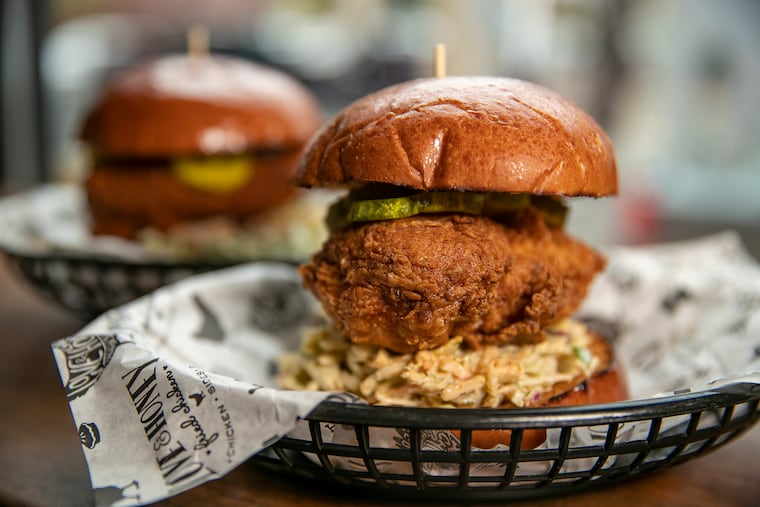Conclave reportedly prohibited from consuming ravioli during their proceedings.
As the conclave convenes to elect Pope Francis’ successor, 135 Catholic cardinals adhere to a range of stringent protocols, including notably strict rules regarding their meals. The issue of whether ravioli remains a forbidden dish for the electoral body has garnered considerable attention.
Historically, the inclusion of ravioli in the list of restricted foods is well-documented. During the 16th century, cardinals faced a peculiar regulation designed to mitigate the risk of covert communication during the delicate voting process. The specific dietary restrictions were instituted over concerns that certain dishes could potentially harbor hidden messages that would influence the outcome of the papal election. To uphold these security measures, the kitchens responsible for meal preparation were subjected to rigorous scrutiny, with wine and water served only in clear glasses and all napkins undergoing thorough inspections.
The overarching intention of these stringent food policies was to maintain an environment free from external influences, preserving the secrecy of the conclave while also safeguarding against the threat of poisoning. In addition to ravioli, other foods deemed too risky included whole chickens, pies, and rigatoni.
While the precise details of the conclave’s inner workings remain largely undisclosed, historical accounts provide insight into the dining experiences of the cardinals. Bartolomeo Scappi, a renowned chef during the Renaissance era who served several popes, characterized the cardinals’ meals as plentiful and nutritious, featuring a variety of dishes such as salads, fruits, charcuterie, wine, and fresh water. Scappi’s culinary legacy includes his influential cookbook, “The Opera of Bartolomeo Scappi,” which outlines that food preparation was conducted under vigilant watch, with “testers” sampling dishes before they were served to the electors.
In contrast to the strictures of the past, modern food practices at Casa Santa Marta—a residence for cardinals during the conclave—appear less formal. Italian Cardinal Mauro Piacenza has described the meals as reminiscent of “food you could eat at a train station,” with pasta often served alongside what he referred to as “watery sauce.”
Following four rounds of voting on Thursday, history was made when Cardinal Robert Prevost was elected as the first American Bishop of Rome, adopting the papal name Pope Leo XIV. In his inaugural address from the balcony of St. Peter’s Basilica, the 69-year-old native of Chicago greeted the faithful with a simple yet profound message: “Peace be with you.”
Media News Source reports that the evolution of dining etiquette within the conclave reflects broader changes within the Catholic Church, underscoring a shift from historical caution to a more relaxed atmosphere while continuing to prioritize the integrity of the papal election process.







